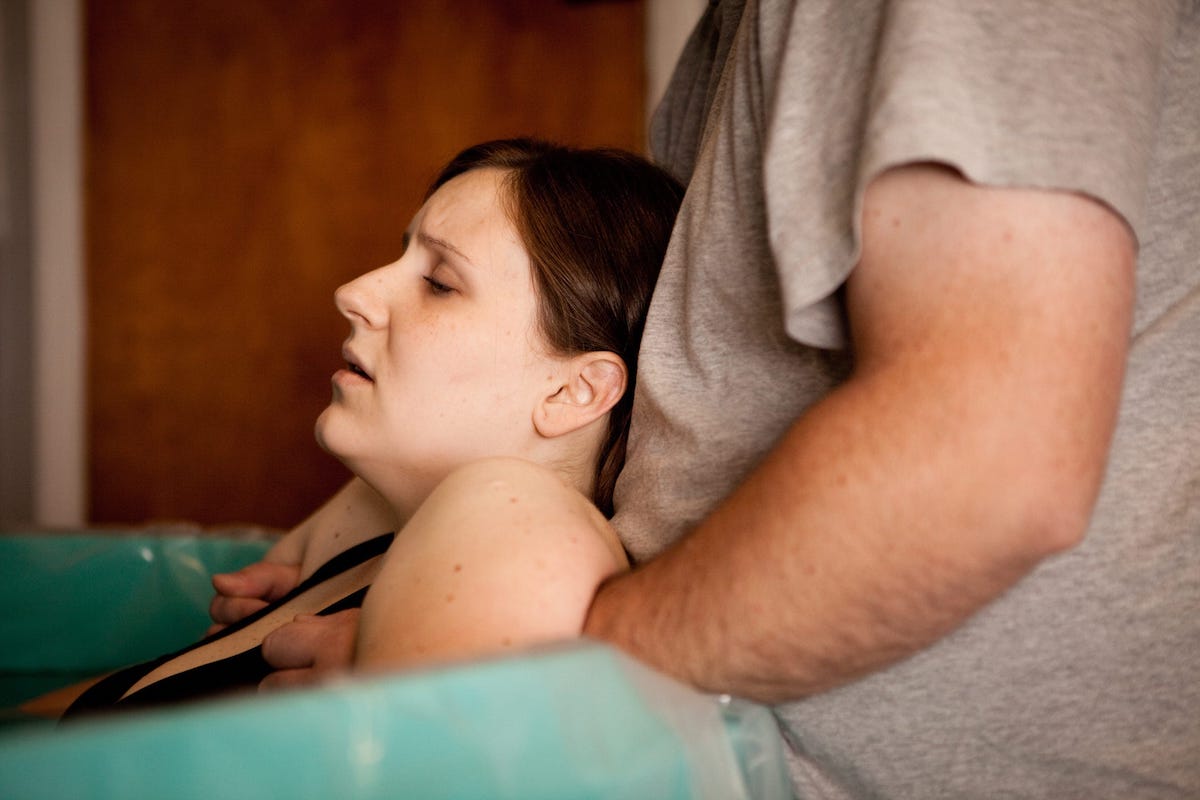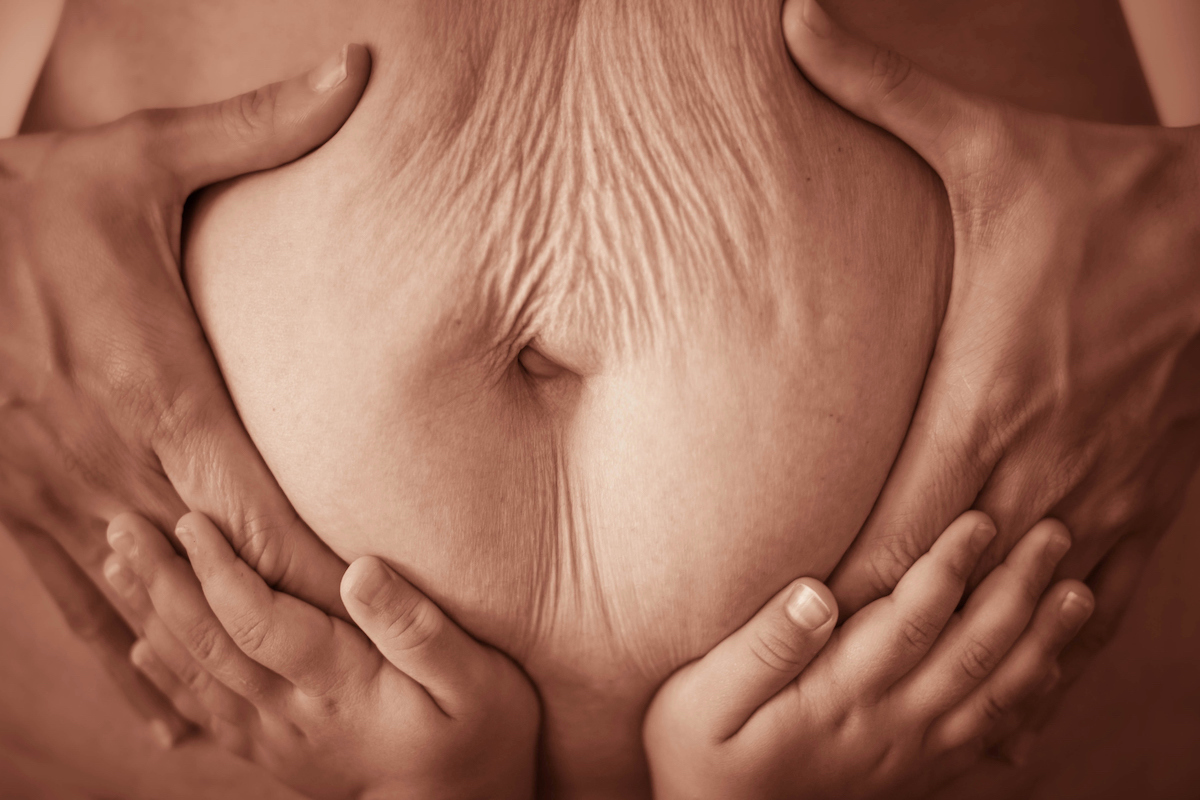I have a beautiful seven-week-old, and so far, the question that is majorly stressing me out is about infant time in a car seat. I bought a nice comfy one and the adapter to make it a travel system for my stroller. Now I’m reading things about low-level hypoxia and that they shouldn’t spend more than 30 minutes to two hours in the car seat at a time. I’m pretty confused and would love to know!
—Madeline
Congratulations!
This is a tricky subject, and one that I think gets into a place where we give parents advice that may be impossible to follow. If your infant can be in the car for only two hours, does this mean you can never go anywhere farther than that? Does the timer reset if you go to a rest stop? As with many things, if we do not explain why the regulation is there, it’s difficult for people to respect it.
In this particular case, here are some basic facts.
First, for preterm or low-birth-weight infants, car seats can be challenging because they are not appropriately sized. This makes suffocation a stronger possibility, and this group of infants is also generally at higher risk of SIDS. With a baby in this group, until they get larger, extra caution should be taken.
Second, the car seat is not an appropriate regular nighttime sleep location. In some cases, because babies may sleep well in car seats, parents will leave them in the car seat in the crib overnight. I’ve talked before about safe sleep environments, and the evidence on back sleeping in particular, which I believe is quite strong.
Neither of these answers what I think is your question, which is whether a slightly older baby can spend time in the car seat, sleeping, either in the car or stroller. The concern is that sleeping in these locations may be risky. A 2019 Pediatrics article provides some context, by reviewing all sleep-related deaths between 2004 and 2014. Over this period, there were 348 deaths in either car seats or strollers. To put this in context, over this period there were about 44 million births and about 220,000 deaths of babies under 1 year from all causes.
In the vast majority (perhaps 90%) of these cases, the car seat wasn’t being used as directed or there were other risk factors present. In other work, which looked at deaths in more detail, about half of deaths seem to be a result of strangulation by straps and half due to suffocation. A very large share of the deaths were a result of what we would think of as improper use — an infant put to sleep in a crib, in a car seat, with several blankets, for example.
I should be clear: every single one of these deaths is a tragedy that should not have happened. Having said that, the numbers are small, and virtually all occur in a use case outside of the typical “kid sleeping in the car.” As one paper says, “It is possible that most, if not all, of these deaths might have been prevented had the device been used properly and/or had there been adequate supervision.”
What does this mean? For the use case you describe, the risks seem vanishingly small and may well be outweighed by the value of being able to take a nice walk outside with a napping baby in the stroller.
Community Guidelines















Log in